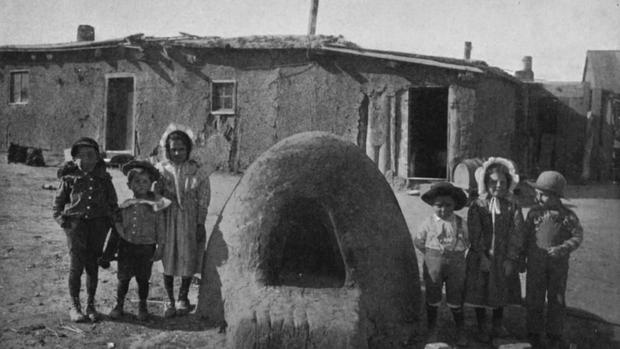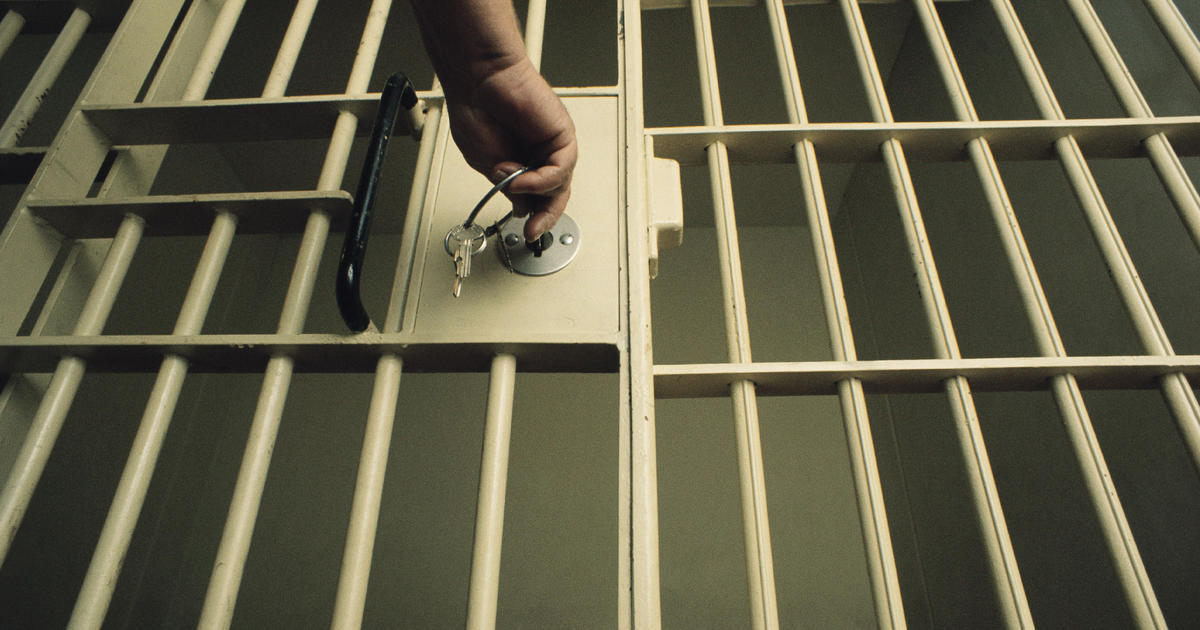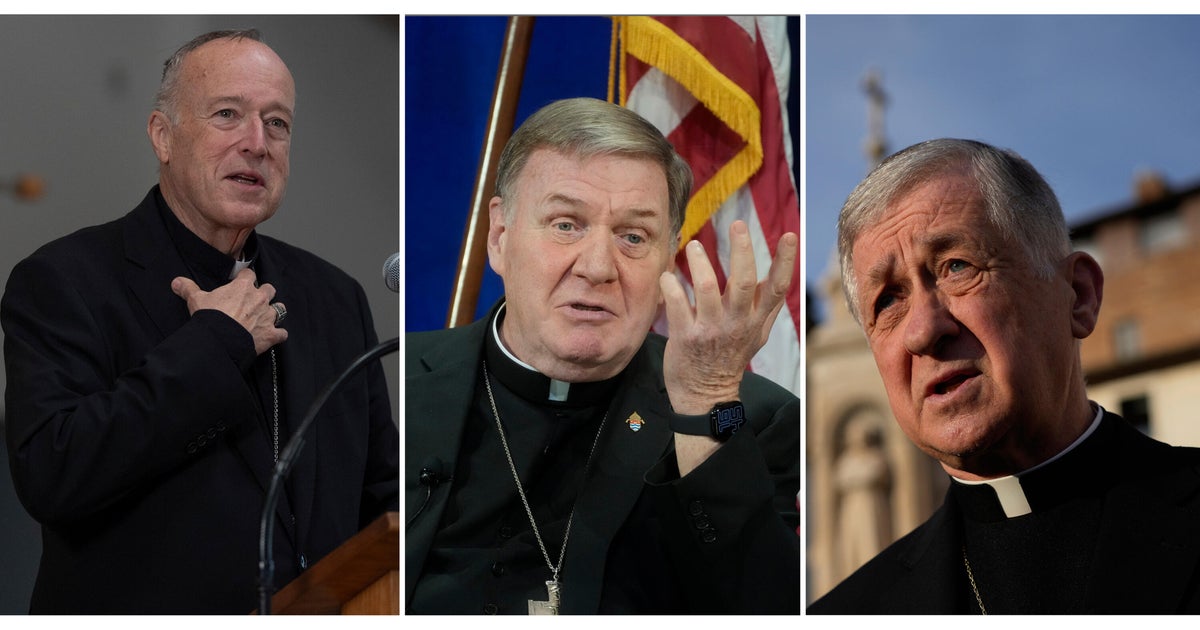Genealogist and professor break down true meaning behind Treaty of Guadalupe Hidalgo
175 years ago on Feb. 2, 1848, the United States and Mexico signed the Treaty of Guadalupe Hidalgo.
It ended the Mexican-American War and changed the lives of early Coloradans forever. Yet, it is a document that is sometimes just a footnote in American history.
"The victors write the history books," said Charlene Garcia-Simms, a retired genealogist and teacher. "And we were not the victors."
She knows the contributions Mexicans who settled in the Southwest made to the United States.
"People that had become rich, they really did it on the backs of the people, you know from New Mexico and Mexico," she said.
She traces her roots back to these people. Her ancestors lived in Taos when the Treaty of Guadalupe Hidalgo was signed and Mexico ceded more than 50% of their land to the United States.
That land is now California, Nevada, Utah, New Mexico, most of Arizona and Colorado, and parts of Oklahoma, Kansas, and Wyoming.
As a result, Mexicans suddenly found themselves living in a strange culture with a language and laws they didn't understand.
"It changed their lives overnight," said history professor Nicki Gonzales at Regis University. "All of a sudden they were under a different legal regime, they were under a different land system, they were under a different economic system."
"Can you imagine being in New Mexico and not knowing the English language to do business with or the laws?" Garcia-Simms asked.
Many Americans used this to their advantage to oppress the Mexicans and take their lands.
"People who once possessed the economic and political power in that region, found themselves at the bottom of a pecking order, once the Americans moved in, and, and they were racialized really for the first time in their history and treated accordingly," Gonzales said.
She continued to break down the true meaning behind the treaty and how Mexicans were found on a lopsided deal.
"The people who were living in that area, they would lose their land and so with that they would lose their wealth. So, you have a loss of that generational wealth over time and so people who are once land owners and proud ranchers and sheep herders all of a sudden found themselves without land. So, people who were once land owners were now wage workers," she said.
That's how Garcia-Simms' family ended up moving to Colorado from New Mexico.
"They took their land very easily," she said. "So, they were forced to move north because they thought there was more opportunity."
She says that if more people knew this history, they may see the present a little differently.
"We have less education, you know, our employment isn't as high you know, all the problems that Hispanics, Chicanos, Mexicanos, whatever you want to call yourself have go back to the treaty," Garcia-Simms said. "If they understand what the treaty did, you know, maybe they will be a little bit more compassionate."
Pages from the original Treaty of Guadalupe Hidalgo are being exhibited in Denver for the first time in the "Borderlands of Southern Colorado" exhibition at the History Colorado Center until May 22.










